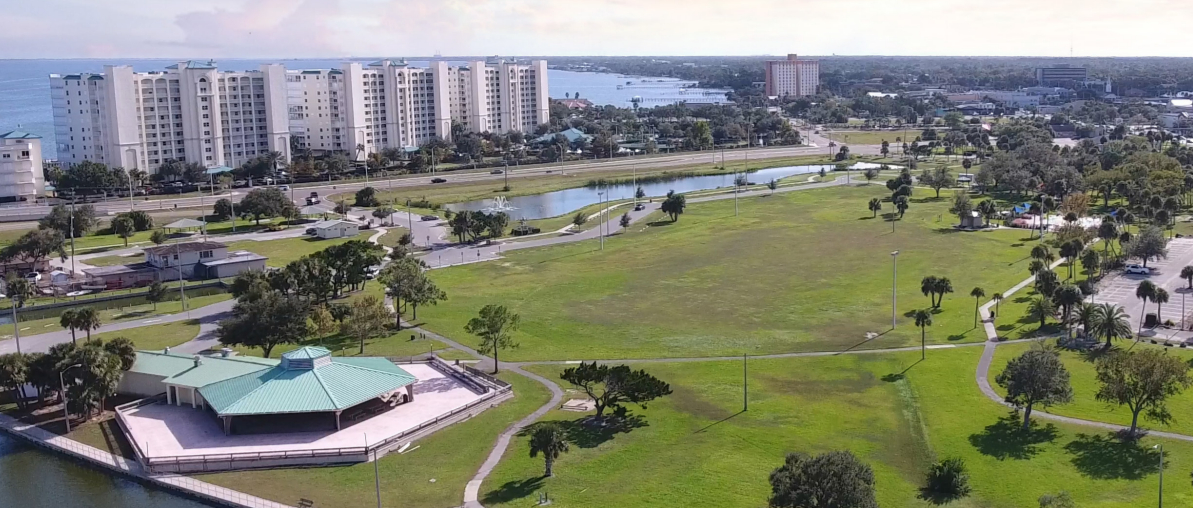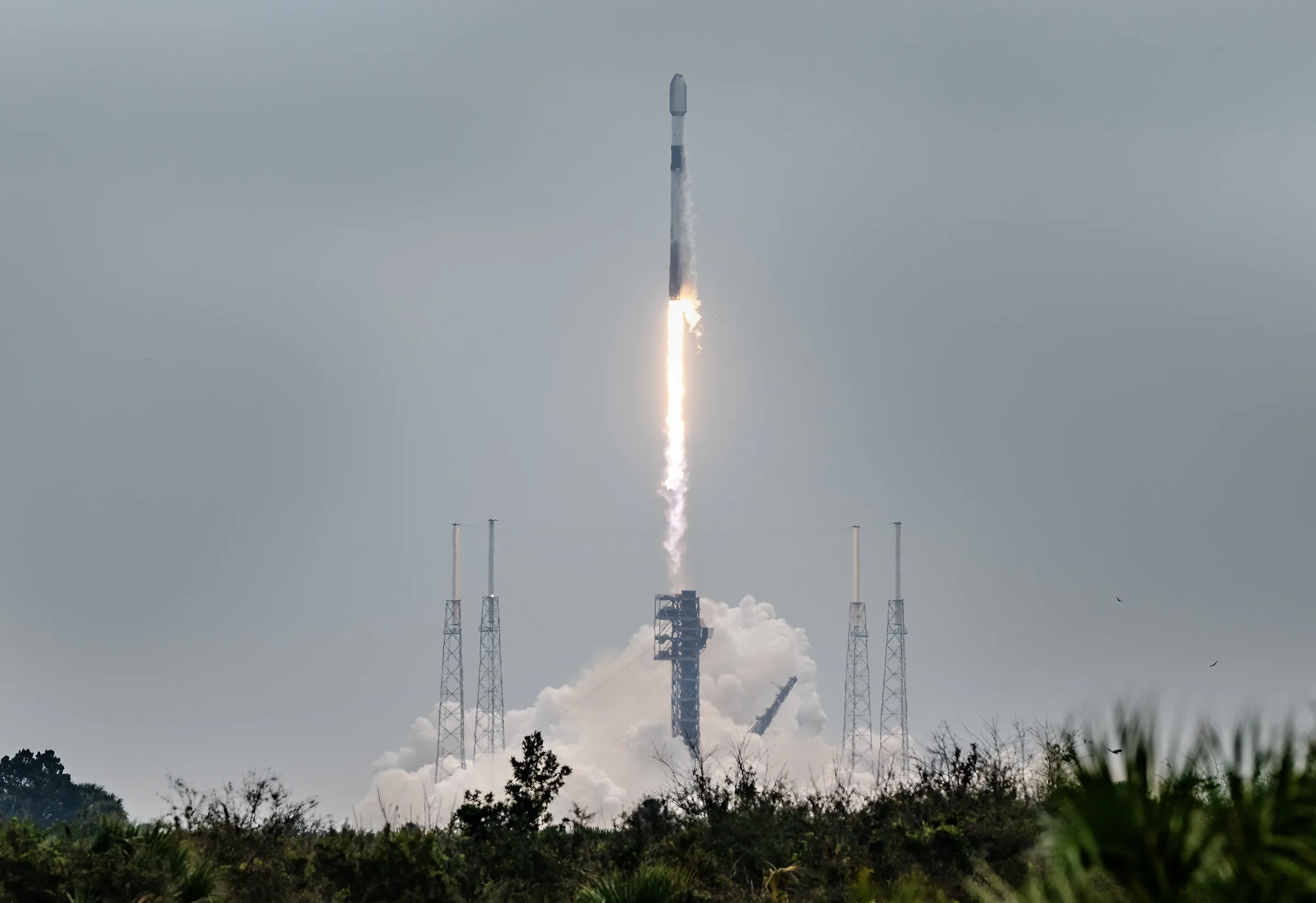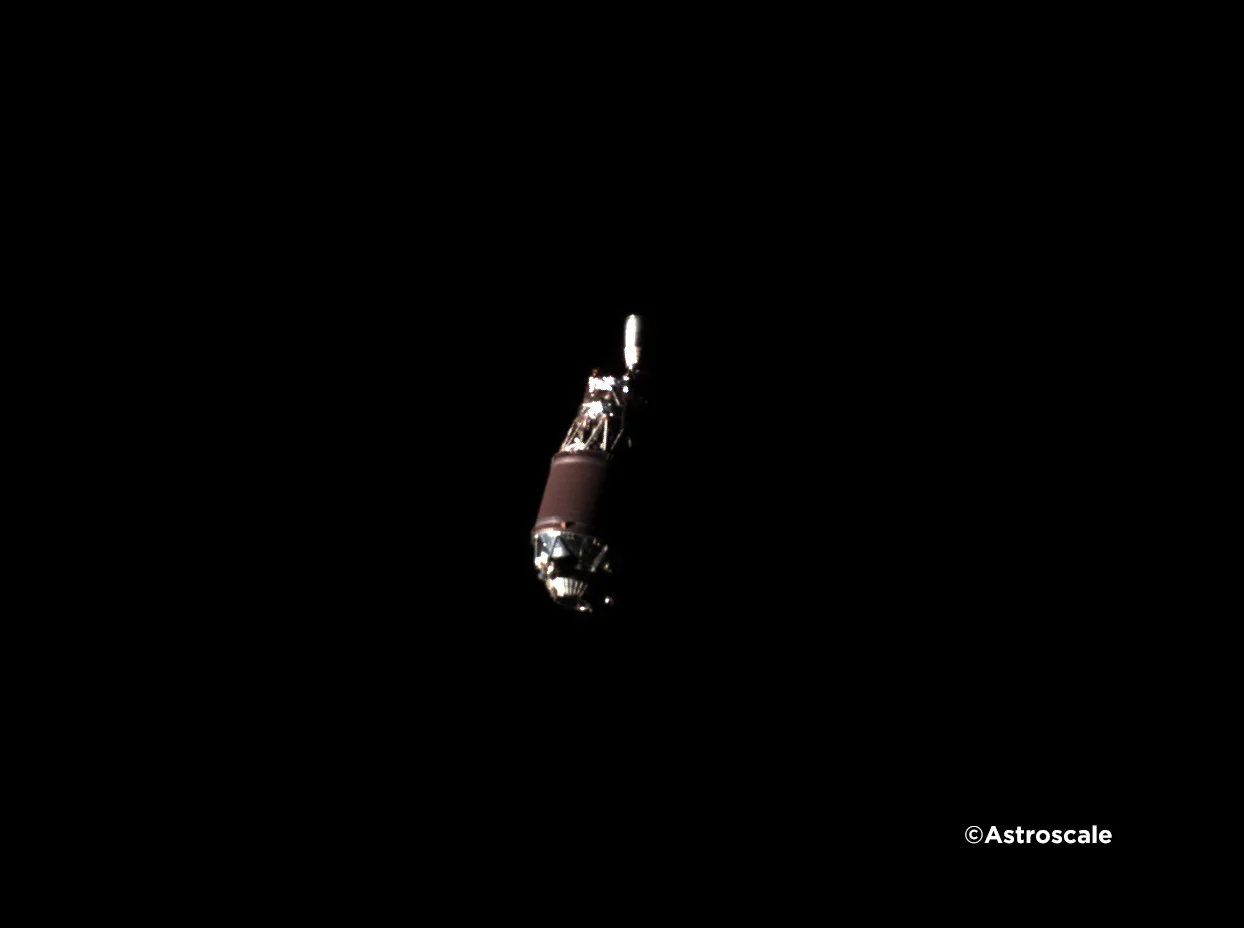
Photo: Mark Stone, Florida Media Now
United Launch Alliance is planning to launch the final launch of Delta IV Heavy on Thursday from SLC-37 at Cape Canaveral Space Force Station. The launch window extends from 1:40 PM – 6:51 PM EDT. NROL-70 is a mission is set to carry a classified payload for the National Reconnaissance Office, an agency of the United States Department of Defense.
This will be the 16th Delta IV Heavy launch, the 39th orbital launch attempt from SLC-37 and the 941st from Cape Canaveral.
After this launch, SLC-37 will no longer have a rocket assigned to it, meaning that the pad can be reconfigured for other missions. In February, the Department of the Air Force announced an Environmental Impact Study for potentially using the launch complex for SpaceX Starship operations. SLC-37 is one of three choices – the other two being building a new SLC-50 and also not using CCSFS for Starship operations. In their EIS materials, the DAF say they will make a final decision in 2025 in the matter.

Weather
Weather is a primary concern for the next day or two, and frankly, Thursday doesn’t look good. The 45th Weather Squadron released their L-1 forecast earlier this morning, and it calls for a 70% Probability of Violation (POV) for tomorrow, 40% on Friday and finally some improvement over the weekend:

Even if tomorrow’s expected showers and thunderstorms clear in time, winds will be a concern, with 25-30 knot (28.8 – 34.5 MPH) breezes at ground level through the launch window on Thursday with 20-25 knot (23.0 – 28.8 MPH) on Friday.
Mission

Not much is known about the specific payload, which is no surprise given that is classified. In other words, the general public does not meet the criteria for need-to-know and therefore only the most basic descriptions are available.
According to ULA, “The NROL-70 mission will strengthen the NRO’s ability to provide a wide-range of timely intelligence information to national decision makers, warfighters, and intelligence analysts to protect the nation’s vital interests and support humanitarian efforts worldwide.”
United Launch Alliance has provided an excellent preview video for this launch:
Rocket
Delta IV Heavy is s the world’s third highest-capacity launch vehicle in operation, behind NASA’s SLS and SpaceX’s Falcon Heavy. Like SLS, Delta IV Heavy is fully expended during each mission, meaning no booster returns and landings.

Credit: ULA
It consists of three core rockets, all liquid-fueled, and with one Hydrogen-Oxygen powered Aerojet Rocketdyne RS-68A engine on each core. According to AR, the RS-68A “”Produces more than 17 million horsepower” and it is the “World’s largest and highest thrust hydrogen-fueled engine.”

Photo: Aerojet Rocketdyne / L3 Harris
At ignition, Delta IV Heavy has a unique appearance because of hydrogen flow to the engines, which then escapes outward and upward the booster body, where it ignites and gives Delta IV Heavy its unique “setting itself on fire” and charred look.
Delta IV Heavy’s total mass at launch is approximately 733,000 kg (1,616,000 lb) and produce around 952,000 kg (2,099,000 lb) of thrust at liftoff, making it a powerful machine indeed.
The lift capacity of Delta IV Heavy is
- Low Earth orbit (LEO): 28,790 kg (63,470 lb)
- Geosynchronous transfer orbit (GTO): 14,220 kg (31,350
- Geosynchronous orbit (GEO): 6,750 kg (14,880 lb)
- Lunar transfer orbit (LTO): 10,000 kg (22,000 lb)
- Mars transfer orbit: 8,000 kg (18,000 lb)
It costs approximately $350 Million per mission, making it one of the most expensive rockets in current operation.
Online Viewing
SpaceCoastLaunchCalendar.com will have a livestream of the launch if you’re not able to watch the launch in person: Livestream
Launch Viewing: In Person
The launch is from SLC-37 at Cape Canaveral, which means that the best direct views of liftoff are: Banana River Bridge on FL-528 W near Port Canaveral, or the southern parks on US-1 / S. Washington Avenue in Titusville. Kennedy Point Park and, Rotary Riverview Park (among others) are your best bets.
Cocoa Beach, Cocoa Beach Pier, Jetty Park Pier will have indirect views, meaning that liftoff will not be visible, but after the rocket clears the pad and any ground obstructions, you will be able to see Falcon 9 ascending clearly assuming there are no clouds between you and the rocket.

There is a long launch window, so be sure to bring a chair so that you can be comfortable, and since the weather is going to be windy, rainy or both, a rain hood or some other protection from the elements is never a bad idea.












Leave a Reply